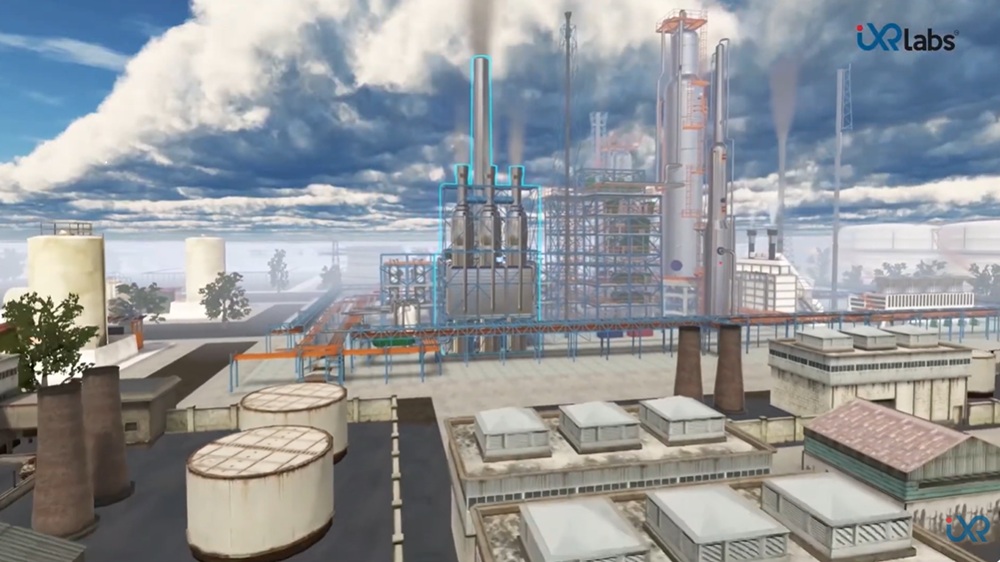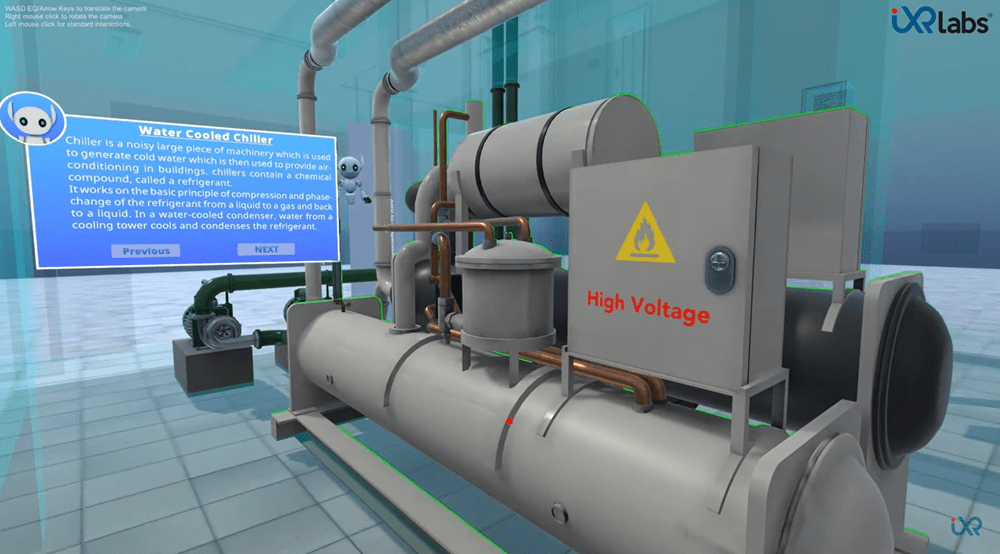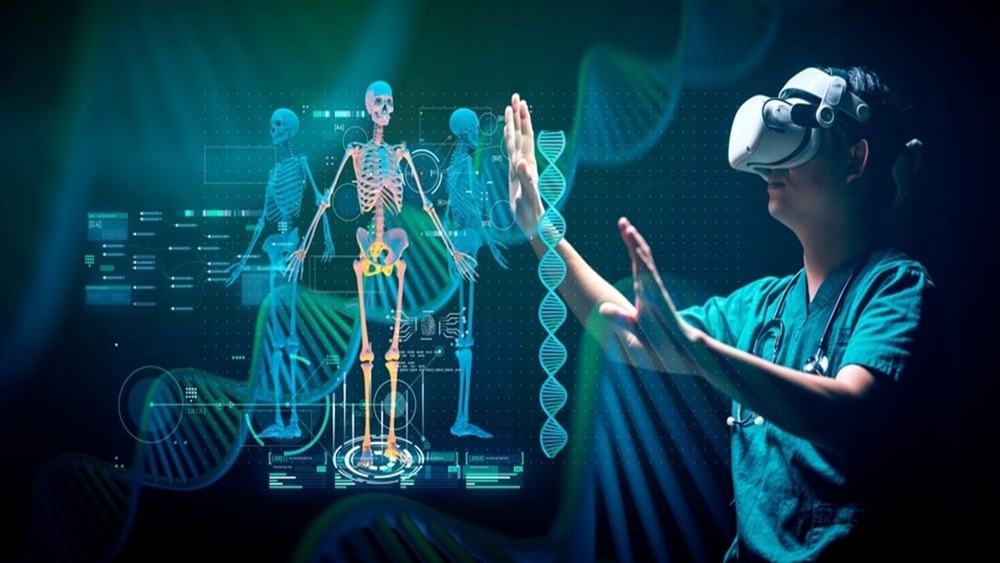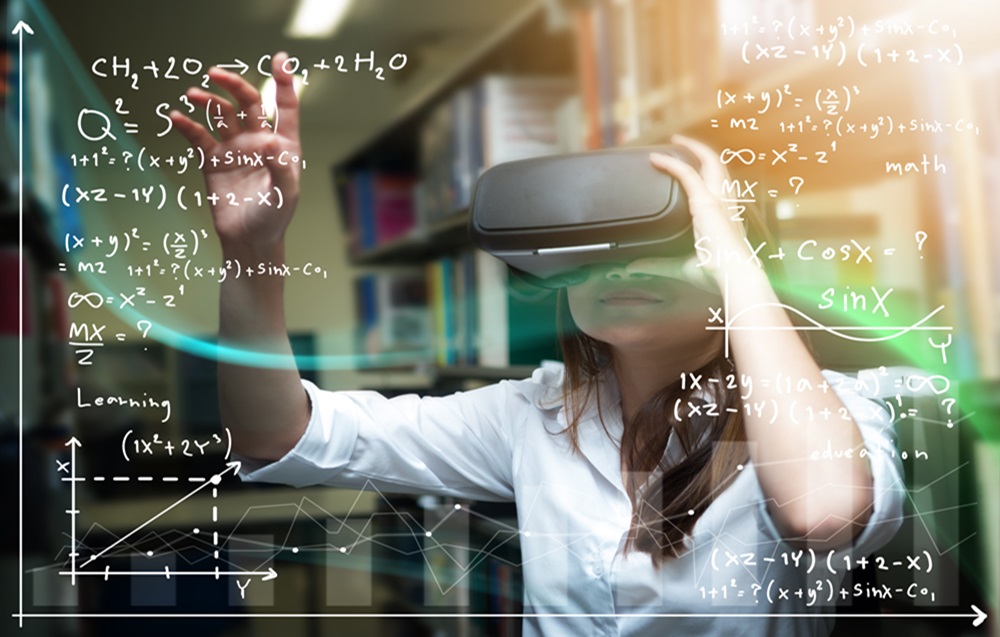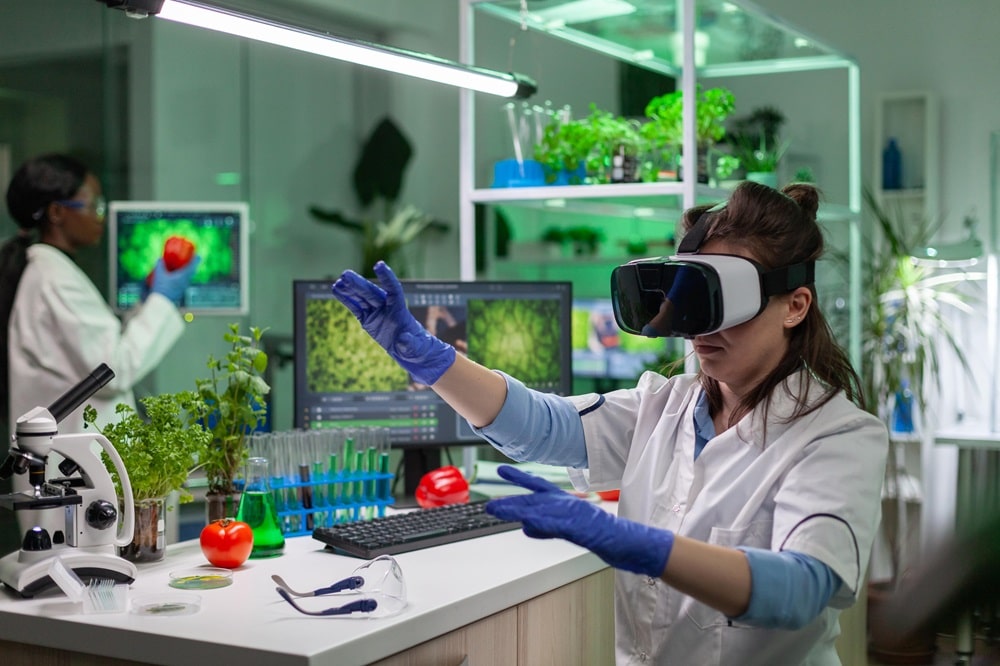How VR is Solving Lab Equipment Shortage in Universities
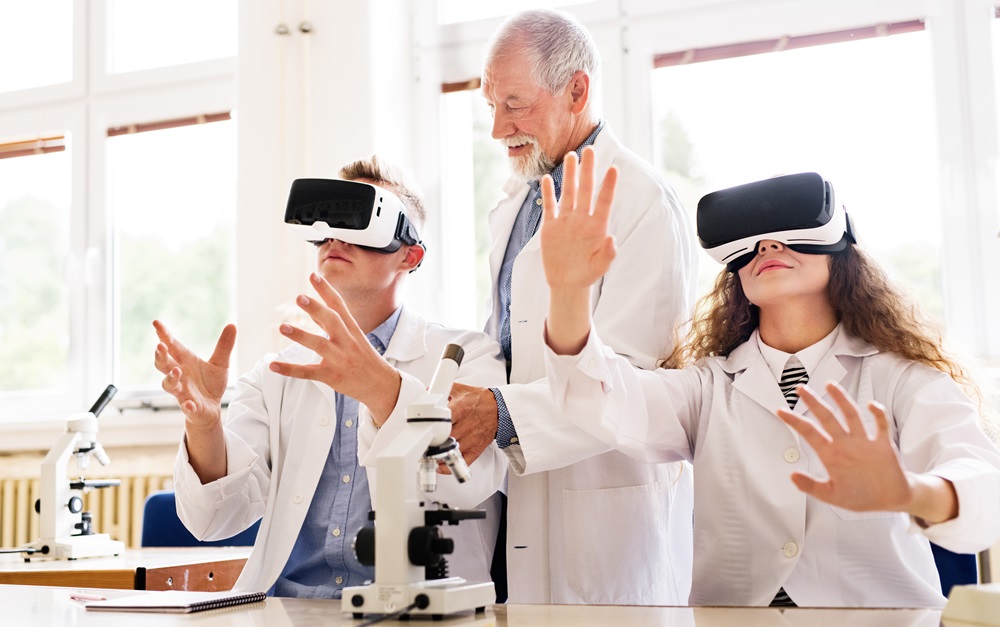
Educational institutes all over the world today are dealing with the shortage of equipments in the laboratories.
According to the UNESCO Education Monitoring Report 2023, 50–75% of educational institutions in low-income countries face challenges in procuring essential lab equipments. The institutes are gradually warming up to the idea of implementing VR-based education to tackle this problem.
In a meta-analysis conducted in 2021, it was revealed that students exposed to VR in education scored 15-30% higher in test scores compared to normal traditional education.
This blog will shed light on the issue of lab equipment shortage globally, and how VR is solving the issue. We will also look at some of the most popular myths prevalent today, related to the same topic.
The Current Landscape of Lab Equipment Shortage: Key Statistics
Firstly, let us look at some of the key statistics here-
• About 62% of laboratories experience difficulties in obtaining the required equipment.
• Approximately 45% of labs report shortages in procuring raw materials like metals, plastics, etc.
• 40% of engineering programs had to do away with purchasing required equipment due to reduced funding from the government and investments in the operational field.
These constraints are manageable to a good extent and perhaps this is the reason the engineering industry is growing so rapidly at a CAGR of 4.2%. However, these loopholes present an opportunity for VR-based education.
Let us look at how different stellar institutes have leveraged the power of VR-based technology.
The Role of VR In Lab Equipment Training
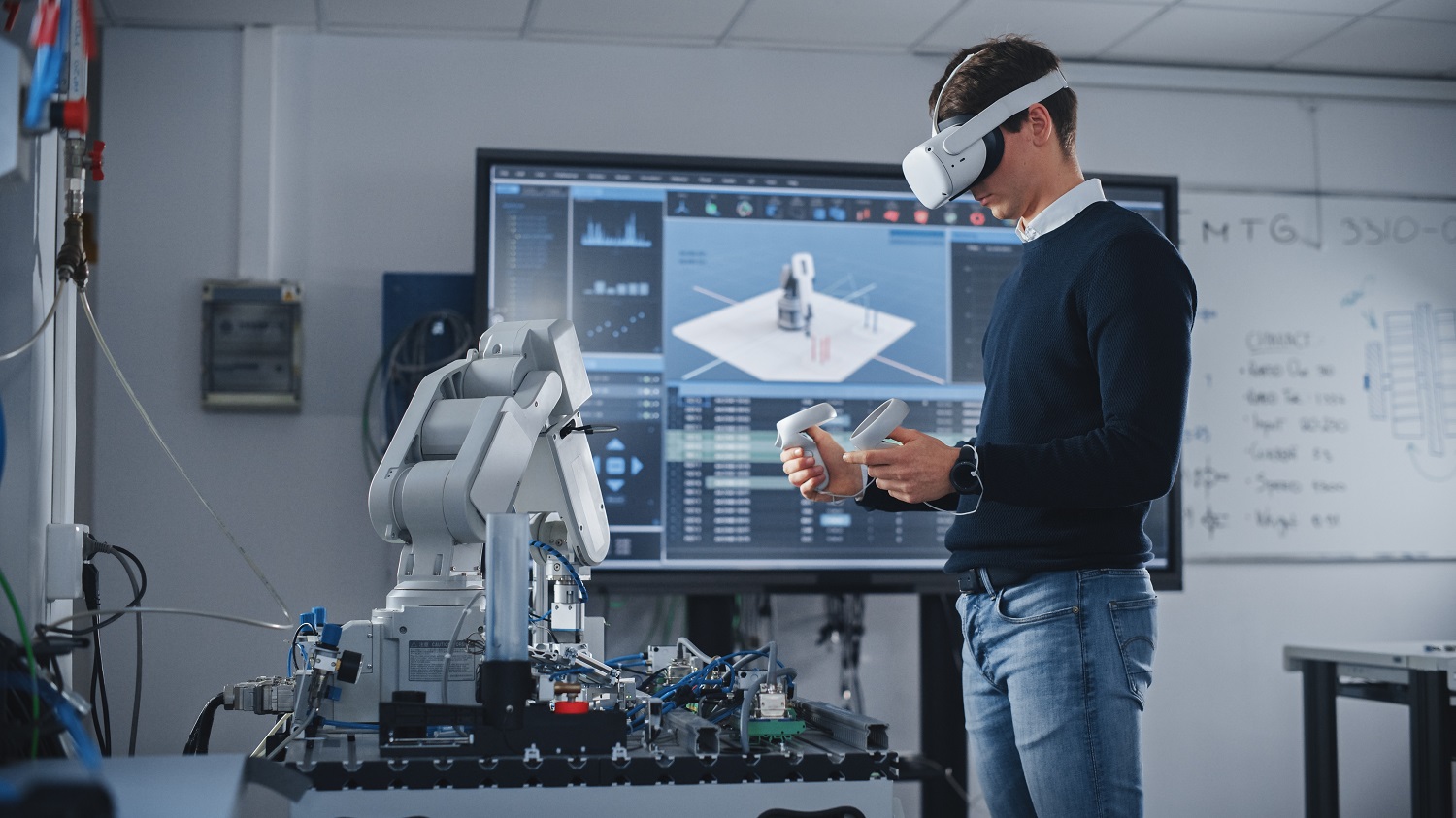 In a study involving 420 students from different universities in Spain and Portugal, it was revealed that students preferred VR-based laboratories over traditional STEM labs. These students desire VR-based laboratories to complement the lessons imparted in traditional lab settings.
In a study involving 420 students from different universities in Spain and Portugal, it was revealed that students preferred VR-based laboratories over traditional STEM labs. These students desire VR-based laboratories to complement the lessons imparted in traditional lab settings.
This is especially important in hybrid lab environments to create a more engaging experience for the students, or maybe in institutes wherein digital labs are replacing physical equipment.
Let us now see some of the reasons to consider a VR lab in a university-
➡ A Virtual Chemical Lab
At the University of Toronto, they have set up a virtual chemical lab for the students. This lab offers real-life simulations of catalytic processes like catalytic reactions and multi-phase processes within a safe and risk-free environment.
Solving lab equipment shortages with VR provides a deeper comprehension of complex chemical phenomena like heat transfer, mass transfer, and fluid dynamics. The students can connect the theoretical knowledge with practical applications.
The main underlying principle here is that of “multiple intelligence”. This theory posits that each child can have different cognitive strengths and diverse learning modalities ( auditory/ kinesthetic/ visual/ verbal, et al) are tailored to the needs of each child.
➡ A VR-Based Civil Engineering Lab
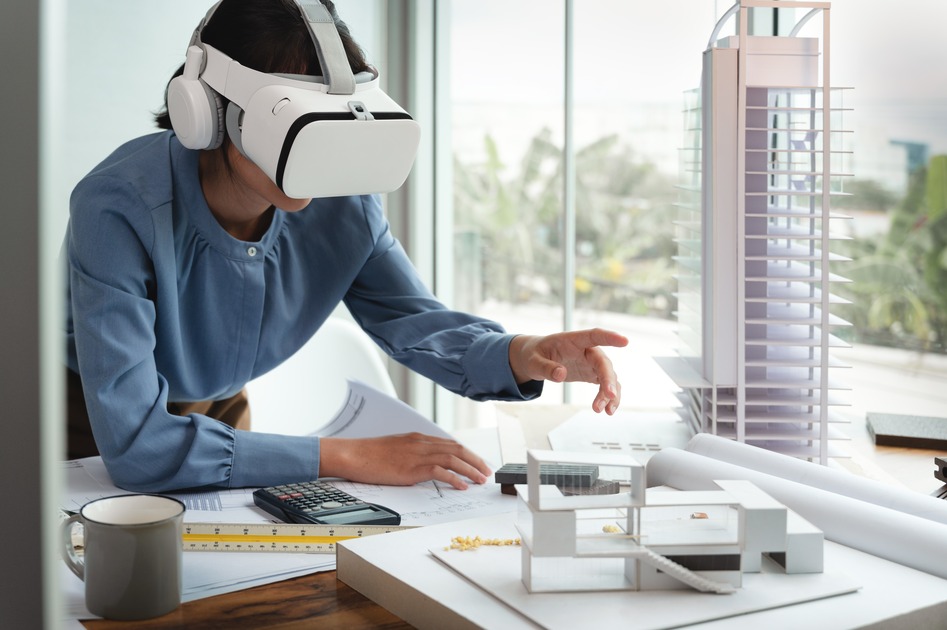 At the University of Texas in Arlington, a VR platform for college students has been set up by the civil engineering department. The students can interact with various interactive concepts using virtual simulations of the engineering concepts.
At the University of Texas in Arlington, a VR platform for college students has been set up by the civil engineering department. The students can interact with various interactive concepts using virtual simulations of the engineering concepts.
According to research, the usage of interactive elements in education can boost the engagement rate by up to 60%.
Some common examples of areas in which interactive elements can be incorporated include construction processes, design optimization, failure analysis, and Finite Element Analysis (FEA).
This is due to the principle of “active learning”, which is one of the key pillars of Education 4.0. The learner actively participates in the learning process, rather than just listening passively.
Learn: Why Do We Need VR For Civil Engineering?
➡ Lab For Multi-Sensory Simulation
By using multi-sensory methods of education, students can engage with complex engineering concepts seamlessly in virtual science labs in universities.
The learners can have a grasp of complex engineering concepts like computational and finite element analysis (FEA) through immersive experience.
These simulations can incorporate real-life scenarios, haptic feedback, auditory cues, and visual elements so that the students get a holistic understanding of engineering principles.
➡ VR Lab For Electric Engineering Simulations
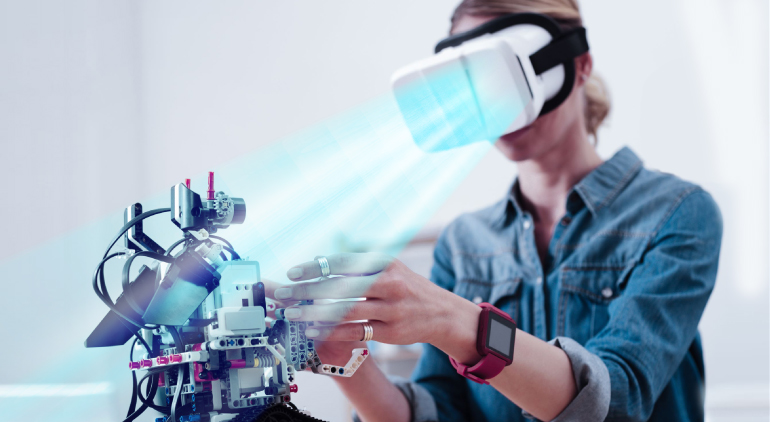
At the Dublin Institute of Technology, the college has set up a VR lab for electrical engineering simulations. The students can witness different scenarios related to electrical engineering like conditions such as short circuits, overloads, and faults.
In the immersive learning environment, the students can gain a deeper understanding of topics like fault analysis and protective relay coordination.
Also, VR labs increase student engagement. According to research, students availing of VR-based education can retain knowledge 75% more than their regular counterparts.
➡ VR Labs For Modern Infrastructure Education
At the University of Lisbon, students can explore different engineering concepts with the aid of life-like simulations. In VR for lab equipment training, the learners can analyze spatial relationships and assess if there's any anomaly with the business plan.
The Learners can visualize and manipulate 3D models in real-time.
Virtual reality for university lab shortages, proven to improve project outcomes in modern infrastructure projects. Students can conduct virtual stress tests and scenario analyses. The design processes are refined to the optimal level, thus solving the issue of lab equipment shortage.
Challenges Surrounding Virtual Science Labs in Universities
While setting up VR labs has been helpful there have been a few drawbacks too. Most of them are myths and there are viable solutions available for each type of constraint.
Let us have a look at some of the common myths surrounding VR-based education and see whether they hold true or not-
Myth 1: VR labs bring with them various technical limitations
Reality: Sometimes simulated labs in STEM education can indeed require very robust computational resources like GPUs (High-Performance graphics processing units), sufficient RAM, and fast processors.
However, the latest advancements in hardware and cloud computing are making things easier with features like affordable headsets, cloud-based VR platforms, and reduced latency.
Myth 2: User adoption and training is a very tedious process
Reality: The learning curve might be steep as with any other technology. However, the benefits of VR labs for higher education, far outweigh the negatives.
By providing a sufficient amount of training (technical, pedagogical, student support, and content creation), the institutes can ease the VR training process cakewalk for the employees.
Myth 3: Content development in VR takes a long time and can delay the teaching process.
Reality: In the initial stages of, solving lab equipment shortage with VR, it would take educators several months to come up with high-quality content for the students.
Nowadays, educators can easily streamline the cogent development process by taking the aid of various tools (For instance Unity, Bender, Unreal Engine, and Adobe Substance) and content libraries (Unity Asset Store, Poly by Google, SketchFab, and Turbosquid)
At iXRLabs, we have an extensive collection of 120+ advanced VR learning modules, pertaining to modern higher education. These offer universities innovative virtual classroom solutions, enabling immersive learning experiences.
Summing up the key takeaways from the blog:
VR-based education is very effective in knowledge retention as using VR, students usually score 15-30% better in assessments as compared to traditional modes of teaching.
Universities are implementing VR labs globally, such as virtual chemical labs at the University of Toronto and civil engineering simulations at the University of Texas at Arlington, thus giving students an immersive learning environment.

Advancements in technology and accessible tools are helping debunk some common misconceptions about VR's technical limitations and content development timeframes.
Final words
According to the latest studies, 83% of educators feel that VR can positively help improve learning outcomes. Despite this, only about 2% of educators have sufficient access to education.
It must be remembered that VR is not a means to replace traditional education, but it is a valuable tool when it comes to supplementing formal classroom education. Apart from academicians and educators, VR-based education is a preferred choice even among parents today. In fact, 62% of parents believe that VR enhances the learning experience for their kids.
Hence it is very useful to get in touch with a trusted firm like iXRLabs who have been revolutionizing the domain with their 120+ STEM modules for the last eight years.
With every new consultation, we are one step closer to creating virtual classrooms for the future.
Get a free consultation today.
